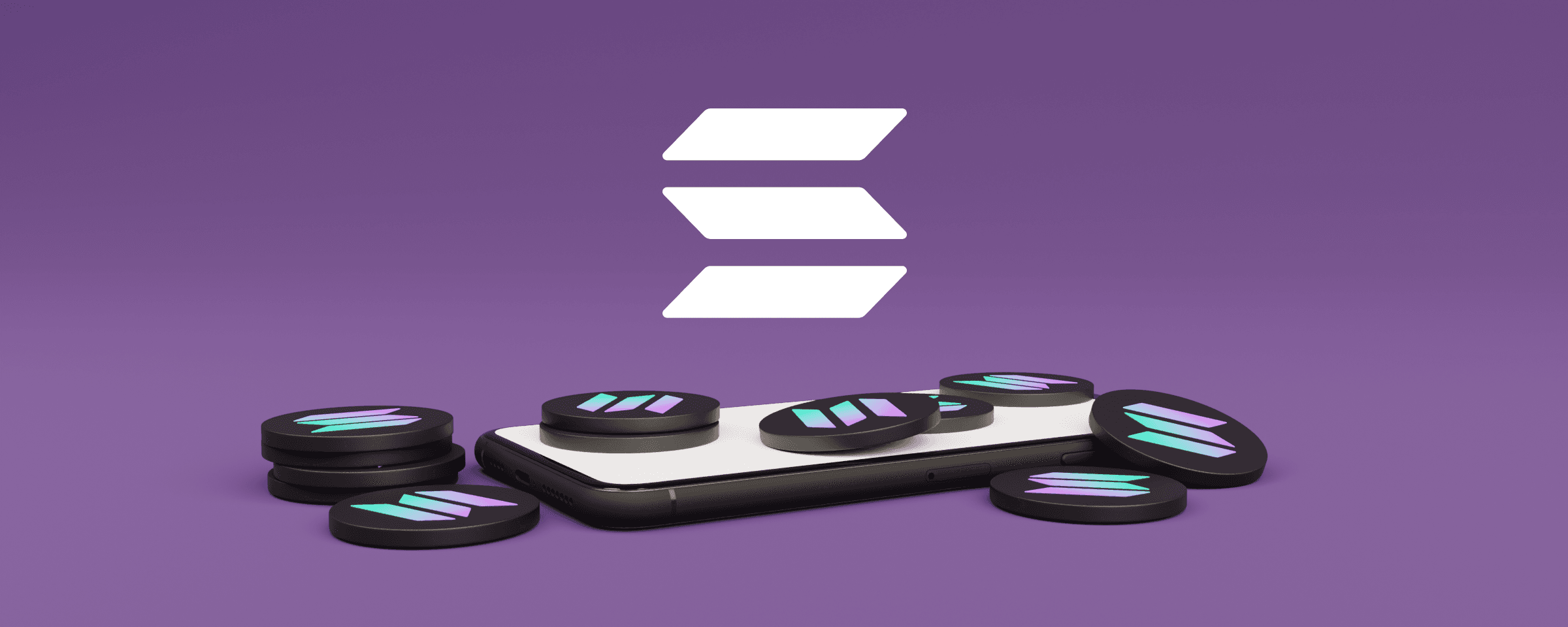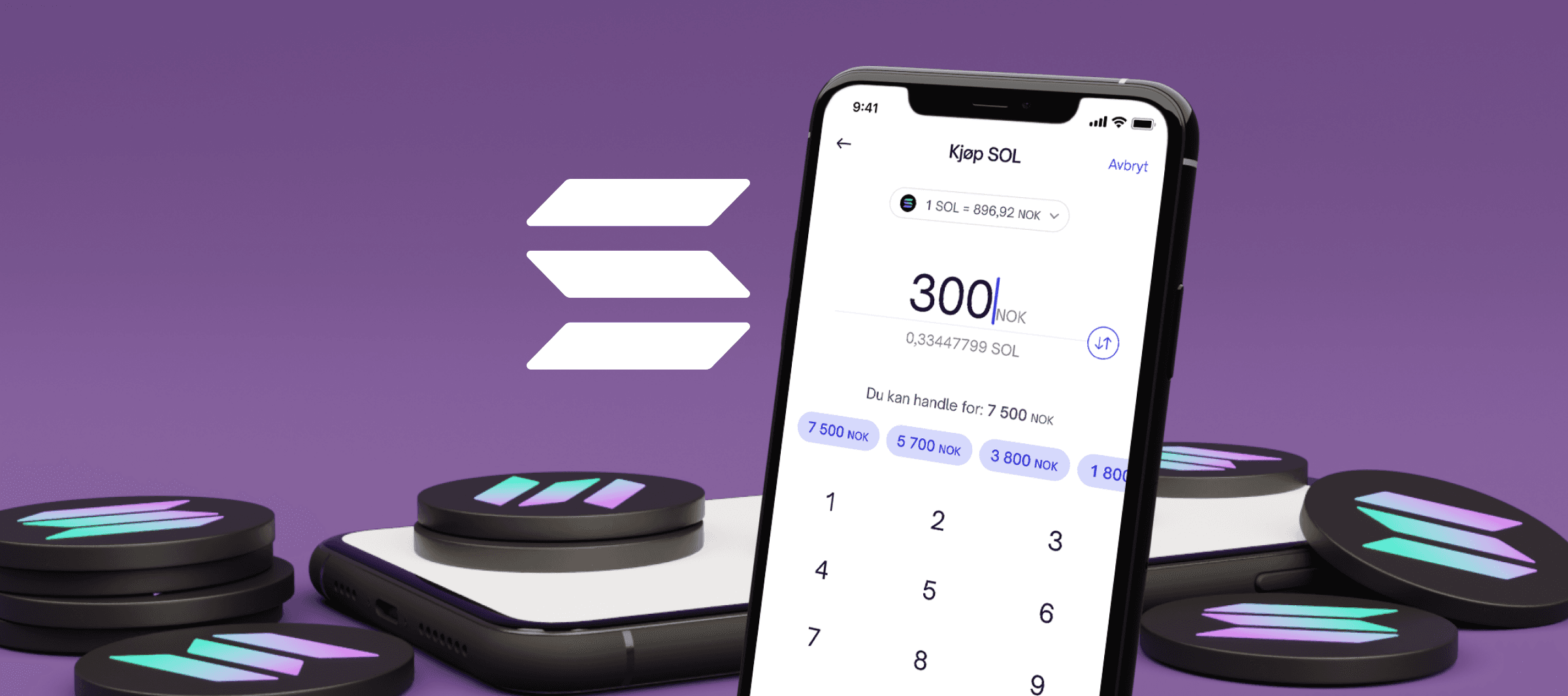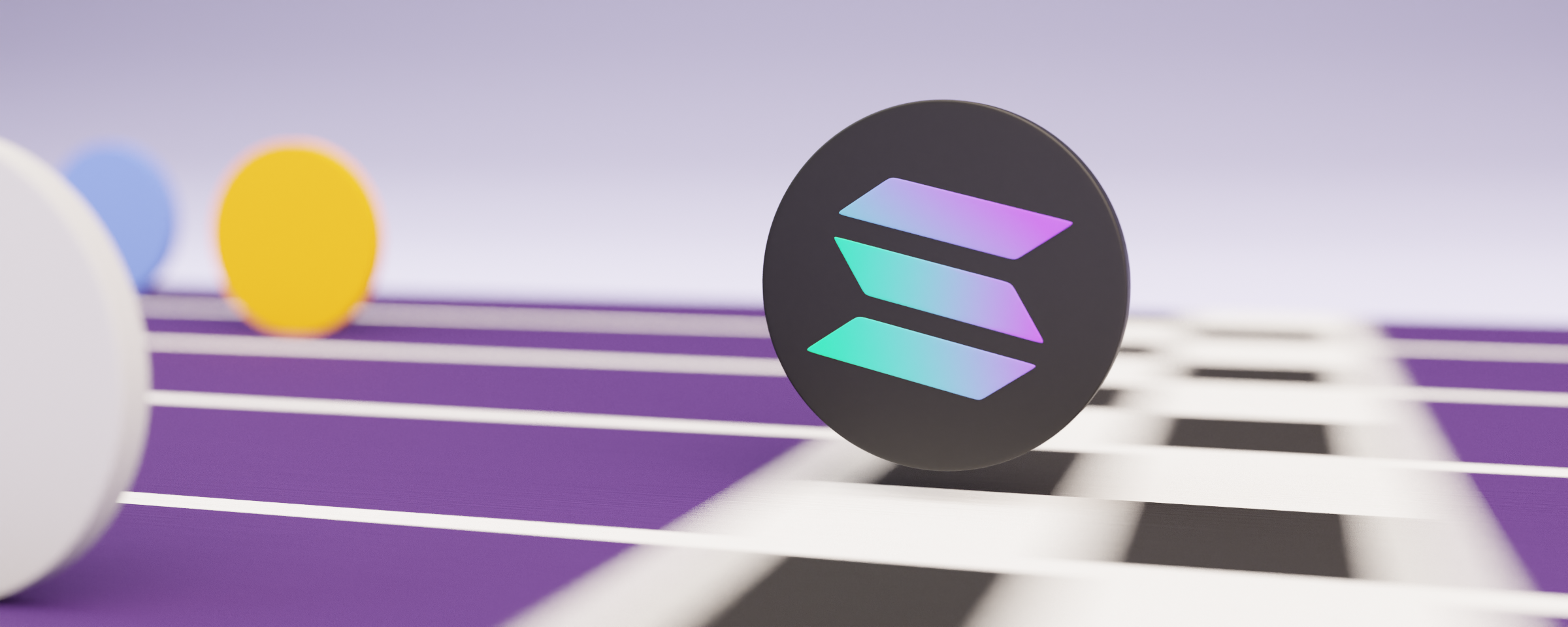Solana took the entire crypto industry by storm in 2021 when SOL was among the cryptocurrencies that saw explosive price growth. With a percentage increase of over 35,000 percent from its all-time low in 2020, Solana marked itself out as a strong competitor to the existing major cryptocurrencies, quickly finding its way into the top 10 list of the world's largest cryptocurrencies by market capitalization.
These are important events in Solana's history:
2017:
As mentioned, Solana's co-founder Anatoly Yakovenko published a white paper describing Proof of History, the core of Solana, in 2017.
Yakovenko then recruited Greg Fitzgerald and Stephen Akridge, with whom he worked previously at the leading technology company Qualcomm Incorporated, and three other people, to co-found the company Loom. It turned out that an Ethereum-based project had a similar name, and to avoid being confused with them, Yakovenko and the gang changed the name of their project to Solana.
In February 2018, Fitzgerald started work on creating prototypes for the open source implementation of Yakovenko's white paper. The project was published on GitHub under the name Silk. On March 28, the team created the Solana GitHub organization and renamed the prototype Silk to Solana.
In June 2018, they scaled up the project to run on cloud-based networks, and a month later the company published a testnet that supported up to 250,000 transactions per second. The network consisted of 50 nodes. Later this year, they published a testnet running on 150 nodes and up to 500,000 transactions per second. Still, the average was 200,000 transactions per second.
Solana Labs also started raising money to build its new crypto network this year.
Between April 2018 and July 2019, the Solana team raised just over $20 million in various private token sales.
In 2020, Solana launched its first public test network, Tour de SOL, and eventually also the main network in beta.
Solana's main network, or Mainnet, was launched in 2021 and since then the ecosystem has grown at a high rate.
A Bloomberg journalist described Solana as "a potential long-term rival to Ethereum", referring to Solana's extraordinary transaction speed and low transaction costs.
Furthermore, in September 2021, the Solana blockchain went offline after reaching 400,000 transactions per second. Due to high demand, the network "forked", i.e. the blockchain split, after receiving help from its validator community.
In December 2021, Melania Trump announced that she will use Solana to launch an NFT.
Since Solana was backed by Sam Bankman Fried and FTX, the dramatic collapse naturally extended to Solana as players, including FTX and Alameda research itself, sold large amounts of Solana to raise cash for the ongoing liquidity crisis at FTX. It is important to understand that Solana is a decentralized blockchain and cannot go "bankrupt" like a centralized exchange, but there is no doubt that Solana has suffered a severe setback and that the ecosystem has been negatively affected by the FTX chaos, especially because the link to FTX creates great uncertainty and negative associations, in addition to the fact that companies in the FTX system with assets in Solana could be forced to sell these. Only time will tell what Solana's future as a cryptocurrency and ecosystem looks like.




